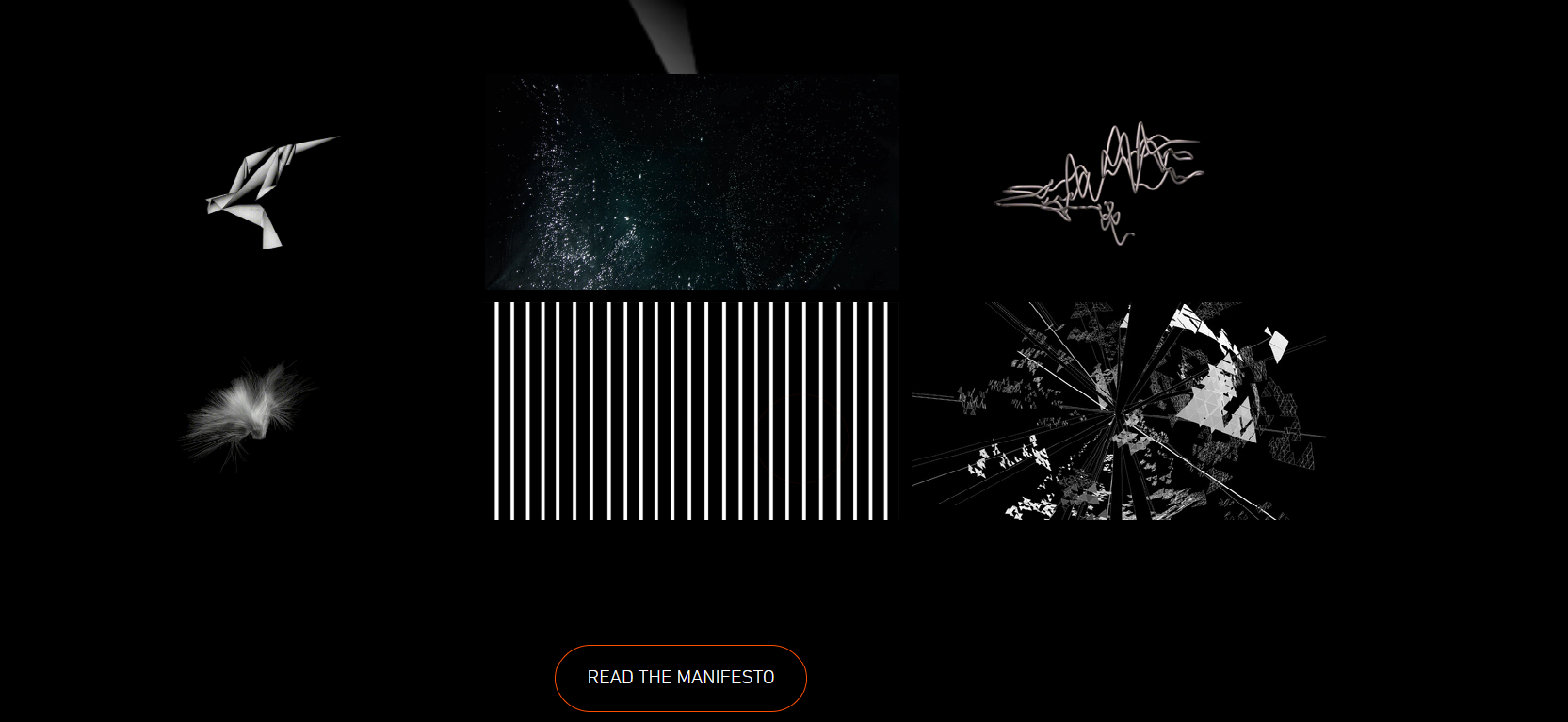The Experience of Sublime
VR/AR Manifesto, Digital manifesto through website design and HCI Academic Research for Halfway to the Future, 2019
CONTEXT & RESEARCH
It might seem paradoxical to say in the same phrase “beauty” and “violence”; however in the European traditions and history of art, thinking about violence and beauty takes place under the sign of the Sublime. The most classical concepts of sublime have been mostly constricted to the representational media of paintings and partly to motion pictures. However, due to the fast changing technological horizon and the shift from the Information Age to the Age of Experience, the concept might finally be ripe for an exploration in view of the new digital media capabilities.
The research has been done following the discussion surrounding the phenomenology of an experience of sublime, which encompasses both notions of beauty and violence. Drawing from the findings of the literature review, the research firstly focused on an exploration of new digital media applications (HoloLens, C4D,Touchdesigner etc.), before shifting to a structured analysis of an artists’ manifesto. Contextual research was done parallelly to investigate the existing vocabulary of HCI based computer mediated activities, in order to shape a discussion around the phenomenology of an experience of sublime, seen with the sensitivity of human-computer interaction and experience design constructs.
DESIGN GOALS
The design goals that have been considered for this project are:
- the creation of an experiential manifesto which would expose the core chapters of a manifesto for an experiential sublime through the use of digital media creative softwares such as Cinema 4D, Eyejack (AR), Max/MSP (Jitter), TiltBrush (VR), Zappar (AR).
- a research-through-design (RtD) inspiration based paper concerned with eliciting suggestions for further developments for new methods of research and design in human-computer interaction (HCI) and experience design (XD), aderently to the concerns expressed by Bødker (2006) with regards to the new challenges brought up by the rise of the so called third-wave HCI.
DEVELOPMENT
Primary contextual analysis on the findings of the literature review has been done in order to develop a creators’ manifesto for the Sublime in the 21st century, which has been further developed through the creation of experiential media of visualisation and a website. RtD as a mode of inquiry has been considered in order to document a critical journaling practice that helped with keeping records of the iterative design process through self and peer critique, maps and contextual research through the coherent disciplines of HCI, XD and performative experience design (PED). The results of the RtD try to frame some contributions to scholarly knowledge and to provoke a discussion around new approaches to research and design.
EVALUATION
The last phase of the project considered qualitative methods of evaluation such as semi-structured interviews in order to gain constructive feedback from some practioners and academics, such as Beverly Hood, keynote speakers from the Halfway to the Future symposium and Professor of Design and co-director of the Interaction Research Studio at Goldsmiths, University of London Bill Gaver. The paper has been evaluated for a further submission to the call for papers launched by the Mixed Reality Laboratory for the Halfway to the Future 2019 symposium.
